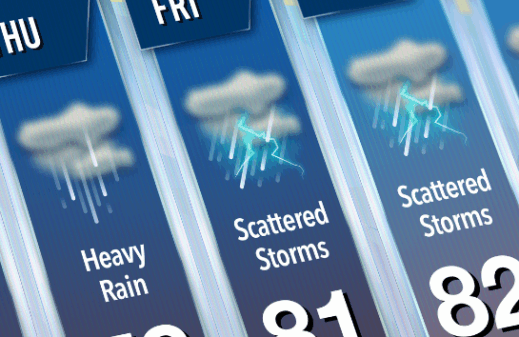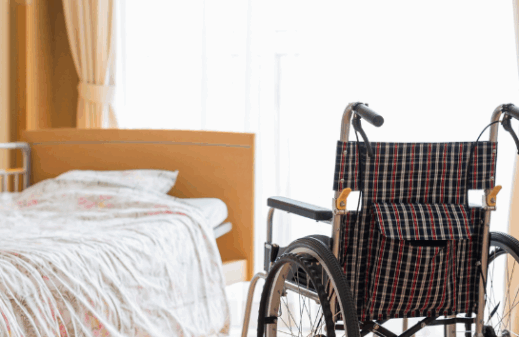According to the Centers for Disease Control and Prevention, the number of adults who have died from falls between the time frame of 2000 and 2013 have more than doubled in numbers from 10,273 to 25,464. More than millions are injured, and the medical costs of falling now run more than $30 billion a year and are expecting to double by 2020. Researchers and physicians are now calling falls “the next tsunami of health care problems”.
Statistics show that one in three adults over the age of 65 fall every year sustaining serious injuries, including a broken hip or head trauma. Falling is now being defined by the Centers for Disease Control and Prevention as “unexpectedly coming to rest on the floor or other lower level”. It is now known that more than 2.5 million older adults are treated for fall related injuries in emergency departments and some are even hospitalized. With those statistics researchers are now noticing the danger zones that are causing falls and fall related injuries.
Some danger zones to keep in mind are:
1. Invisible Ice
a. Also known as black ice. Make sure to keep these areas salted on freezing days.
2. Grab Bars
a. Make sure to install grab bars on the wall to help with balance when getting in and out of the tub or shower.
3. Walk Pathways
a. Keep clear of using throw rugs and make sure to check the common pathways walked every day for hidden hazards.
4. Shoe Hazard
a. Make sure to stay clear from heels and that all shoes are fitted properly and have non slip soles.
With those danger zones in mind, also be aware of the many ways to help your residents stay on their feet. Some of those ways are:
- Balance Stand: While holding onto a chair for support if needed, have your residents stand on one foot and hold their weight on one leg for 30 seconds or longer. Then switched to the other foot and repeat.
- Heel to Toe Walk: Have your residents position their heel in front of their toes of their opposite foot each time they take a step imagining that they are walking on a straight line.
- Sit and Stand: To help improve your residents balance another exercise and the sit and stand. Have them sit in a chair and practice rising up out of the chair to a standing position and sitting back down in the chair to a sitting position a few times.
- Trainer: If a trainer is available, help your residents achieve better balance with yoga, tai chi, pilates, or dance classes.
With balance exercises, preventing danger zones, and having residents participate in required fall prevention screenings, researchers are seeing a decline in fall related hospital and emergency room visits by 12 percent and a decline in hip and leg fractures of 20 percent. Just imagine how those percentages could benefit your assisted living facility and residents.



